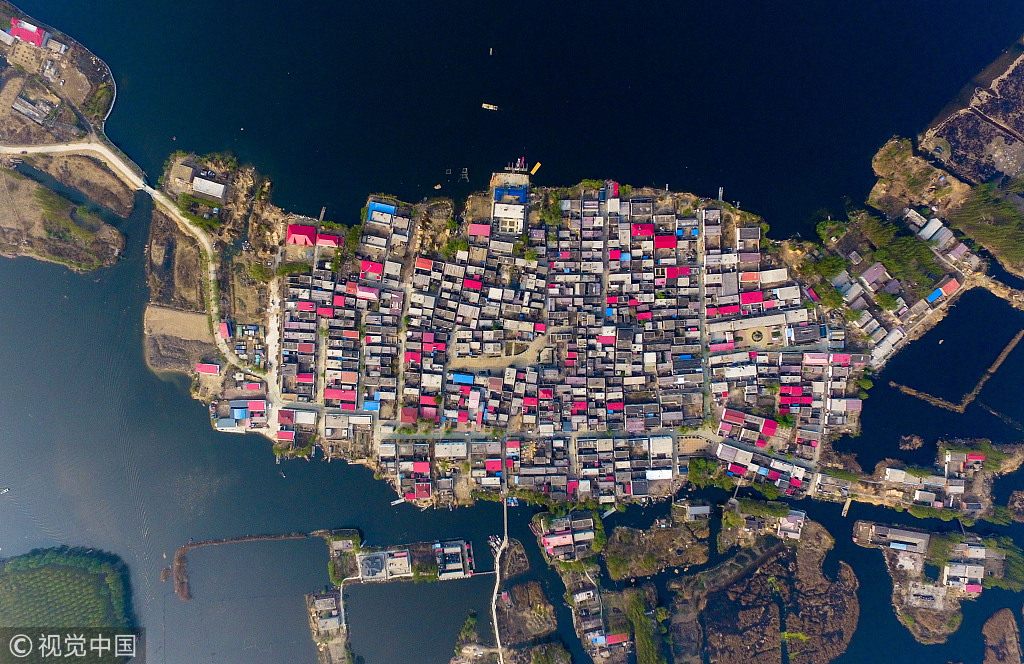China builds national database for water networks


Having an ID number is not the exclusive domain of human beings -- now it's also a "right" owned by the waters in China.
A national database for water networks containing the physical data of over 3.33 million natural and artificial rivers, lakes, reservoirs and canals has been formally completed.
Now, every river more than 500 meters in length and each lake, reservoir and pond larger than 5,000 square meters has its own unique "ID number".
This is the first time that the water networks in China have been coded.
This move will greatly facilitate future work on water resource management, land and space planning, disaster emergency response and government decision-making to provide basic data services for natural resource survey and monitoring management.
The project was jointly completed by National Geomatics Center of China under Ministry of Natural Resources, Heilongjiang Bureau of Surveying and Mapping Geoinformation, Chongqing Institute of Surveying and Mapping and other units.
Water is the object of natural resources investigation, monitoring and management. The unified entity code is conducive to accurate surveying and mapping, changes monitoring and implementing the responsibility for supervision.
In addition, the confluence, river classification and watershed delineator were completed, and a national water network database meeting the requirements of 1:10,000 topographic map accuracy was built.
In the past, rivers and stream segments in the database were isolated, but each river in the database established this time is a geographic entity object with network topology.
That means, for example, through the database, it will be clearer that where does each river flow from and to, and where it passes through. And if a water pollution incident occurs, the extent of its impact can be quickly analyzed.




































